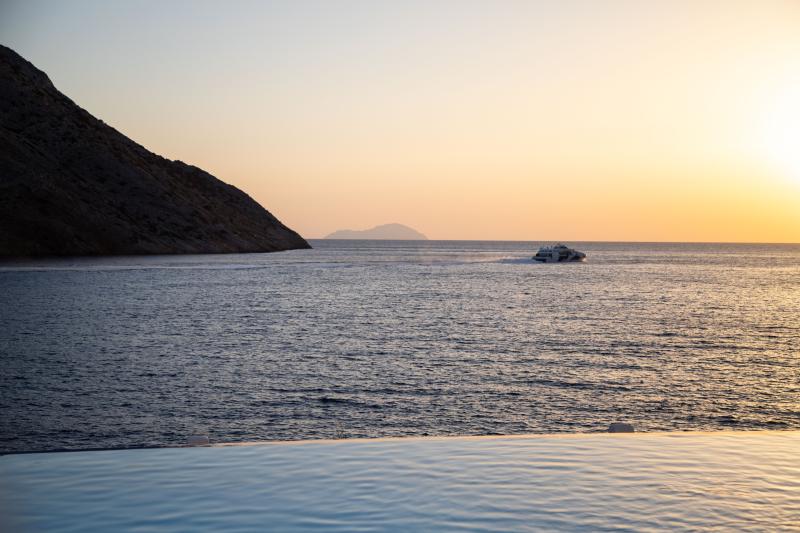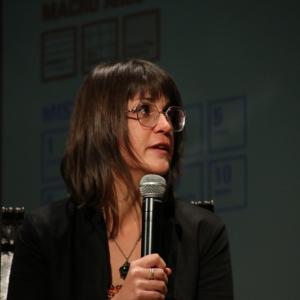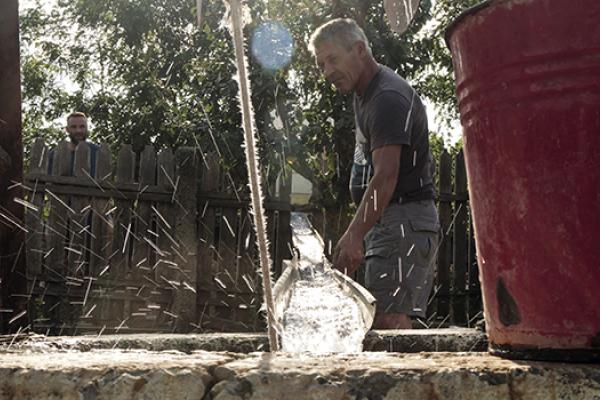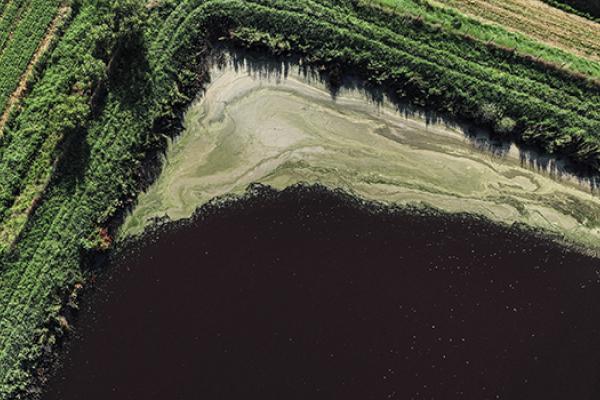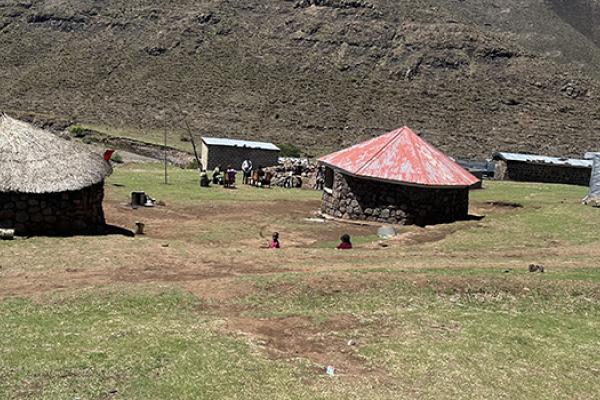The situation on the Southern European islands is getting worse every summer, as less water is available for both residents and tourists.
Sifnos, a picturesque Greek island in the Cyclades, is grappling with a mounting crisis as tourism and real estate development push its fragile water resources to the brink. With a permanent population of just 2,500, the island swells to 39,000 at the height of summer, fuelling a surge in water demand—largely met through energy-intensive desalination, which in turn makes electricity demand rise.
Despite local sustainability initiatives, desalination has inadvertently encouraged overconsumption, while plans for renewable energy projects remain mired in concerns over landscape degradation. Meanwhile, efforts by municipal authorities to rein in construction and regulate water use have met resistance, as the island’s economy remains deeply tied to tourism. Without a long-term strategy, Sifnos risks a vicious cycle of unchecked development, resource depletion, and last-minute emergency interventions—raising urgent questions about the future of the island’s sustainability.
Meanwhile, in a year of record temperatures throughout Italy, water supply on smaller islands, including the Aeolian, remains a challenge, compounded by the growing needs of summer tourist flows, especially of the one-day visits or the mini-cruises. Aeolian residents have always been aware that water is a precious commodity, when tourism increases it becomes even more necessary.
Among abandoned public works, such as the solar field panel in Lipari, which was supposed to produce clean energy for the island's desalinator, there was a monopoly in the transportation of drinking water, which arrived via tanker ships run by one company. According to experts, the possible solutions lie in the deseasonalisation of tourism or the investment in water management technology to protect the archipelago.
Key findings in Greece:
- The rapid increase in newly built villas after the COVID-19 pandemic is primarily driven by real estate development.
- Over the past two years, water consumption has risen by 25% annually, leading to a corresponding surge in electricity demand. Since the island's power supply depends largely on an oil-based power plant, this has further intensified energy consumption for desalination.
- Despite Sifnos’ commitment to a green energy transition, renewable energy sources currently cover only 19% of the island’s total energy needs.
- The halt in new renewable energy infrastructure is attributed to technical challenges, conflicts with private companies that failed to collaborate with the local community, and concerns about potential harm to the island’s landscape—a vital asset for tourism.
- A growing conflict exists between the municipality and construction industry stakeholders over development expansion. The municipality and local business owners worry that excessive villa construction is damaging Sifnos’ tourism appeal.
- Allegations persist that villas are being built without proper permits, exacerbated by a flawed land-use plan. These villas significantly contribute to rising water consumption due to their extensive gardens, multiple bathrooms, and swimming pools.
- While the municipality and residents continue to demand expanded desalination infrastructure, this inadvertently fuels further tourism growth and villa development, perpetuating the problem. Additionally, desalination produces large quantities of brine—highly saline water—which is discharged back into the sea and can harm marine life. No research has been conducted in Sifnos to assess its impact.
- Local residents increasingly recognize the negative effects of overtourism, yet economic dependence on the sector makes opposition difficult.
- Both residents and the municipality invoke the concepts of overtourism and environmental sustainability to negotiate better terms against construction expansion. Meanwhile, real estate developers leverage these same concepts by promoting "sparse buildings" with bioclimatic features and the use of visible stone, claiming to minimize landscape impact.
Key findings in Italy:
- In a year of record temperatures throughout Italy, water supply on smaller islands, including the Aeolian Islands, remains a challenge and can create possible future conflicts for water.
- Aeolian residents have always been aware that water is a precious commodity. And when tourism increases, water conservation becomes even more necessary.
- Public works abandoned are part of the problem, such as the solar panel field Lipari, which cost more than 2 million euros in Monte Sant’Angelo. They were supposed to produce clean energy for the island's desalinator, which plays a vital role in meeting Lipari's water needs. Today, however, the desalinization is operating at half capacity due to design issues and the lack of energy supply from the solar power plant on Mount Sant'Angelo.
- Drinking which arrives via tanker ships. Marnavi Spa supplies water to the Aeolian Islands and all the smaller islands in Italy. The tanker issue has also drawn the attention of the National Authority Against Corruption (ANAC). In fact, in 2021, ANAC issued a statement highlighting the existing monopoly situation related to the transport of drinking water, with only a very small number of shipowners holding all the necessary authorizations.
- The highest areas of the island are historically more at risk of water shortage, such as the Pianoconte district of Lipari, they are organized with cisterns and help each other with solidarity.
- This situation is exacerbated by the climatic crisis. The Aeolian islands experienced yet another year of extreme summer heat in 2024.
- Desalinators may hold the solution, according to many experts. In 2022, the municipality of Lipari submitted several project proposals through tenders associated with the National Recovery and Resilience Plan (PNRR), part of the Next Generation EU initiative, labeled ‘Green Islands.’ These proposals include the installation of desalinators on some of the islands in the archipelago. The total cost of the interventions to be carried out by 2026 (which are already delayed by months)
- The rise of daily tourism has been an important change for the island, especially for Stromboli.
- According to experts, the possible solutions lie in the deseasonalization of tourism or the investing in water management technology to protect the archipelago.
On the right: A cruise ship arrives on the island of Lipari. Image by Monica Pelliccia
Image below: Where the pools meet the sea: Illusion of abundance of water feeds water scarcity, Sifnos, Eleana Kazila

